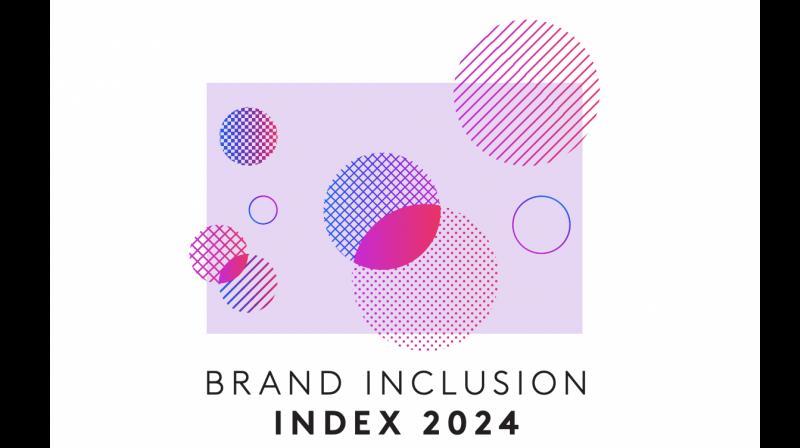Kantar has rolled out a 'Brand Inclusion Index', a study which revealed that 75% consumers globally believe that a brand's diversity and inclusion reputation influences their purchase decisions.
The study which revealed Google, Tata Motors, Amazon, Jio and Apple as the top five brands with respect to diversity and inclusion in India, also stated that 68% of Indians claim to have been discriminated against at commercial places and brand touchpoints. This is higher than the global figure which stands at 46%. The study also revealed that DEI is important for Indians, both in life and while making brand choices, with 86% of respondents stating that it influences purchase decisions.
Category wise leaders in India are:
- Google (technology)
- Tata Motors (automotive)
- SBI (banking)
- Dove (skincare)
Kantar’s Brand Inclusion Index 2024 is a survey of more than 23,000 people in 18 countries. The India leg comprises 1,000 plus respondents. According to the study, DEI is yet to influence Indian advertising.
More women are seen in Indian ads than global average but they remain bound by traditional roles of homemakers and mothers. Only 7% women are featured in 'non-traditional roles'. Fairness of skin may have transitioned to glow but skin colourism continues to exist in creatives. And only 7% of the ads represent diverse body shapes with an inclination towards slim and small body sizes. Ageism also exists in advertising with 15% of the women represented in ads above the age of 40. Globally, the number is at 26%.
The study further revealed that ad protagonists and characters in India are painted in broad strokes of what they, their homes, beliefs and lifestyles look like, ignoring ethnic minorities and LGBTQ+.
Globally, people with disabilities and LGBTQ+ individuals report the highest rates of discrimination (81% and 62% respectively), emphasising the need for targeted efforts to create more inclusive environments and content, according to the Kantar report.
Valeria Piaggio, global head - diversity, equity and inclusion, Kantar, said, “It’s a myth that inclusion marketing is about marketing to minorities. Inclusion marketing is expansive marketing. One of the fundamental ways to grow your brand is to predispose more people to it. Yet when brands exclude consumers – whether that’s because people don’t feel welcomed when shopping in stores or their advertising doesn’t reflect diverse communities – it’s an easy miss."
She added, “Millennials and Gen Z prioritise diversity and inclusion even more than other groups, and as these populations grow in size and buying power these issues will carry more weight. Brands will be rewarded if they stand by their values – especially in the face of vocal communities which stoke the culture wars by pitting minority groups against one another.”
Soumya Mohanty, managing director and chief client officer- South Asia, insights division, Kantar, added, “In a country of India’s size, the term under-represented groups can be misleading for brands to use as a guiding light. Minorities can translate into millions of people who may choose or not choose to buy your brand, based on how well they feel seen, heard and voiced in your brands. It is a business imperative for brands to prove that they are serious and committed about DEI. The brand inclusion index - our breakthrough study on brand inclusion - gives clear indications of how to achieve the inclusivity imperative. Our analysis of what’s behind the most inclusive brands is that they all have three things: a well-thought-out DEI strategy that stems from company actions and is committed long-term, impeccable creative execution, and bravery. The element of bravery will be increasingly important. As in other moments in history, when there’s significant social change, there are groups of society that seek to maintain the status quo, feel threatened, and as a result, react loudly.”
She added, “To avoid backlash, brands today need to be extra careful. Full inclusion needs to work at both ends of the spectrum: reaching out to underrepresented populations and making them count, while avoiding negative reactions from people who are used to seeing themselves well-represented by brands and don’t want to be left behind. This study brings understanding of how people perceive brands based on their DEI efforts, focusing on populations that tend to be excluded, underserved, or misrepresented. The Brand Inclusion Index gives marketers clear benchmarks for brand inclusion and inspiration from brave brands that are seen as diverse, fair, and inclusive.”











